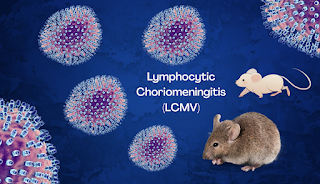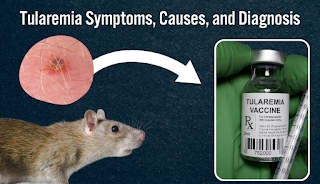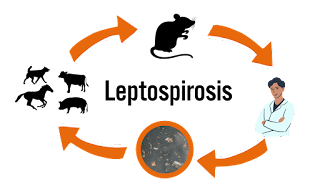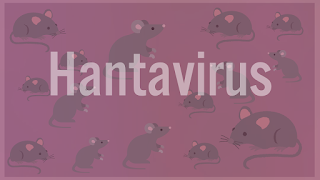Acute Lymphocytic Leukemia Treatment: Causes, Symptoms, and Treatment of the Rodent-Borne Disease

Introduction
Acute Lymphocytic Leukemia Treatment virus is the abbreviation of LCMV. LCMV was first identified in 1933 when it caused an outbreak of aseptic meningitis in St. Louis, Missouri. This virus LCMV affects the nervous system (CNS) of the human.
We will also discuss ways to prevent LCMV infection, and we will explore the history of LCMV, including its discovery and early outbreaks.
They will begin by discussing the transmission of LCMV and how humans can become infected with the virus. We will then explore the symptoms of LCMV infection and the different forms of the disease, including mild illness and severe neurological disease. They will also discuss the long-term outcomes of LCMV infection and the potential for complications in some cases.
Transmission
LCMV is transmitted to humans through exposure to infected rodents or their excreta. The virus LCMV is shed in the urine, feces, and saliva of infected rodents. Humans can become infected through inhalation of contaminated dust or direct contact with rodent excreta. In addition, LCMV can be transmitted through the bite of an infected rodent or by ingesting food.
Symptoms
The following is a list of common symptoms of LCMV infection:
- Fever
- Headache
- Muscle aches
- Fatigue
- Nausea and vomiting
- Loss of appetite
- Abdominal pain
- Sore throat
- Cough
- Diarrhea
- Swollen lymph nodes
- Rash
- Acute Lymphocytic Leukemia Treatment
- Seizures
- Weakness or paralysis in the limbs
- Difficulty coordinating movements
- Vision problems
- Hearing loss
- Cognitive changes, including confusion and memory loss
In some cases, LCMV infection can be fatal.
Diagnosis
LCMV is diagnosed by the following methods:
Clinical evaluation: A healthcare provider may suspect LCMV infection based on a patient’s symptoms and medical history, particularly if the patient has been exposed to rodents or excreta.
Laboratory tests: Several laboratory tests can be used to detect LCMV infection. PCR is a highly sensitive method of detecting LCMV and can be used to diagnose both acute and chronic infections.
Serology: Serological tests measure the levels of antibodies to LCMV in the blood. An increase in antibody levels over time can be used to confirm a diagnosis of LCMV infection.
Viral culture: Viral culture involves growing the virus in a laboratory setting. This method can be used to confirm the presence of LCMV in blood or CSF.
Additionally, the interpretation of laboratory results can be complex, and a healthcare provider with experience in infectious diseases may be needed to accurately diagnose LCMV infection.
Acute Lymphocytic Leukemia Treatment
There is no specific treatment for LCMV infection.
Prevention
This can be accomplished by taking steps such as sealing cracks and holes in buildings to prevent rodent entry, storing food in sealed containers, and cleaning up any rodent droppings or urine promptly.
Conclusion
With proper prevention and early Acute Lymphocytic Leukemia Treatment, the effects of LCMV infection can be minimized. This can be achieved by taking steps such as sealing cracks and holes in buildings, storing food in sealed containers, and promptly cleaning up any rodent droppings or urine.








